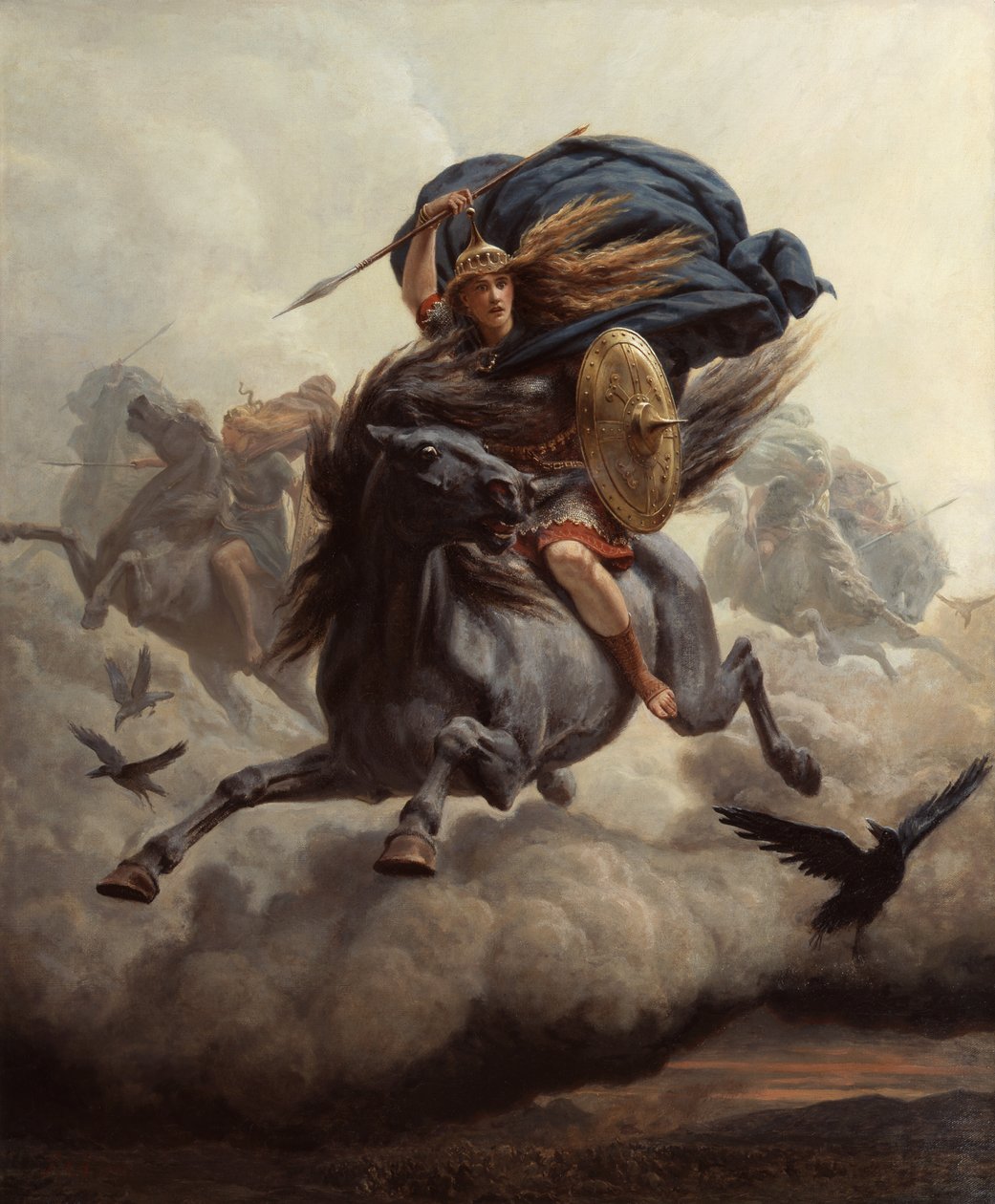In the Scrovegni Chapel in Padua, between 1303-1305, Italian painter and architect from Florence Giotto di Bondone (1266/7-1337), painted 14 allegories, in monochrome - seven allegorical representations of virtues and seven allegorical representations of vices.
Home » Tutti i post

Giotto | The allegories of Vices, 1303-1305

Danilo Martinis, 1976 | Abstract painter
Born in Milan, Danilo Martinis currently lives and works in Como.
He started drawing by pencil at the age of 5, and never stopped since then.
In September 2009 he started his career as professional artist.
Danilo Martinis has an important background of research and stylistic evolution behind him with an initial interest in Action Painting.

Richard Wagner | Ride of the Valkyries
The Ride of the Valkyries (German: Walkürenritt or Ritt der Walküren) is the popular name of the prelude to the first scene of the third and last act of Die Walküre, the second of the four epic music dramas that constitute the operatic cycle Der Ring des Nibelungen (English: The Ring of the Nibelung), composed by Richard Wagner.
As a separate piece, the "Ride" is often heard in a purely instrumental version, which may be as short as three minutes.
Peter Nicolai Arbo (Norwegian historical painter, 1831-1892) | The Valkyrie

Paul Seignac | Genre painter
During the 19th century, genre scenes were a popular subject throughout Europe.
The French painter Paul Guillaume Seignac (1826-1904) specialized in genre paintings depicting children, rural life and everyday scenes.

A Midsummer Night's Dream
A Midsummer Night’s Dream, incidental music by German composer, pianist, organist and conductor of the early Romantic period Felix Mendelssohn (1809-1847) written to accompany performances of Shakespeare’s play "A Midsummer Night’s Dream" at the Prussian royal court.
Mendelssohn became familiar with Shakespeare by reading German translations as a boy, and in 1827, at age 17, he was inspired to write a piece capturing the atmosphere of Shakespeare’s comedy.
The piece, a concert overture, quickly became a popular favourite throughout Europe.
Marc Chagall | La branche de gui or Le rêve, 1928
Iscriviti a:
Post (Atom)
